A brief history of MMO games
By creating worlds for thousands to play, MMOs are as impressive as they are audacious. We explore the genre’s best.
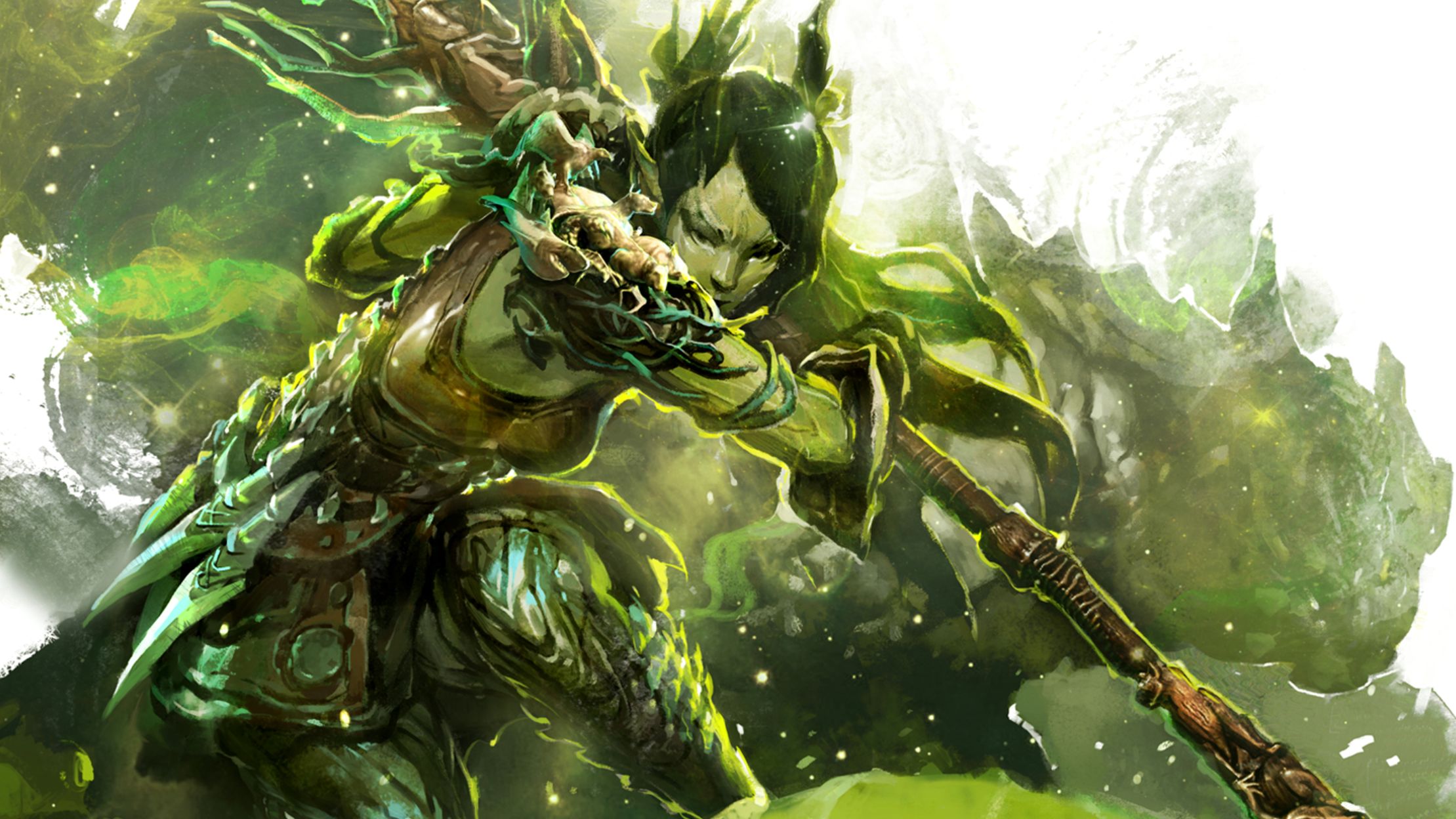
This article was originally published in PC Gamer issue 307. For more quality articles about all things PC gaming, you can subscribe now in the UK and the US.
When sci-fi ’s first writers imagined virtual realities, they’d never have guessed the ease with which we could access them. With just a few clicks of a mouse, we can step into online worlds filled with adventure. We populate fictional cities, we create digital cultures and we tell stories together while exploring strange new horizons.
MMOs are defined by their immense scope. They take the basic foundations of roleplaying games and stretch them over massive worlds where countless players coexist together. Whether you’re diving into dungeons, hawking goods in a market or plotting the downfall of a rival guild, MMOs are at their best when they inspire us to be social. Here, I’m going to explore the history of this genre by touching on ten of its greatest examples. These are the games that pioneered online roleplaying, building the template that all others would conform to. Some of these worlds have diminished with time, but their legacy continues to shape the genre
1997: Ultima Online
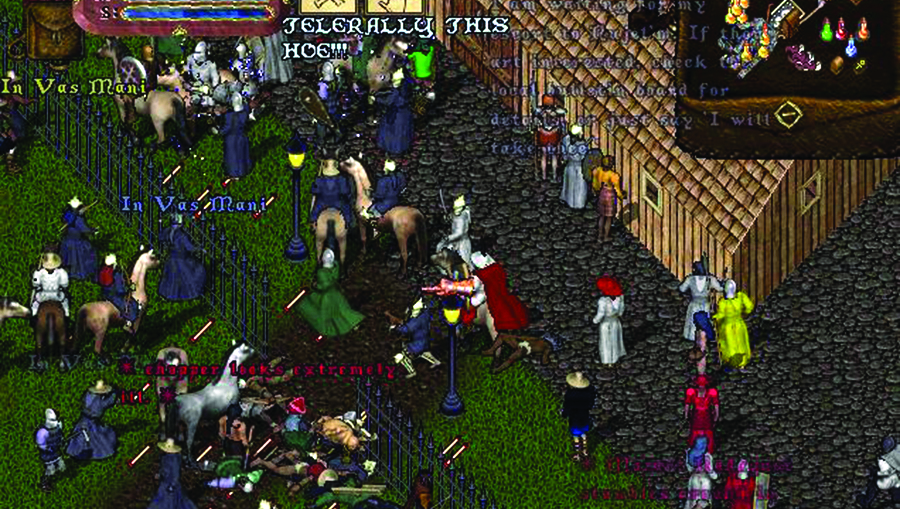
The grandfather of modern MMOs, Richard Garriott’s quest to take his popular Ultima series online was initially met with disinterest by publishers. Before Ultima Online, the closest thing to a modern MMO was text-based multi-user dungeons (MUDs). But Garriott’s vision ended up being so successful it kickstarted a genre. You could be anything you wanted. Some were warriors, some were thieves, and some just wanted to be a merchant.
What made Ultima Online so memorable was the way it inspired a sense of community. Without the luxuries of global chat, players had to interact with one another directly. They could steal, cheat, and kill one another. Over time, reputations were formed and the virtual culture of Britannia gave shape to player-made heroes, villains, and everyone caught in between.
Best moment: One player took it upon himself to do the unthinkable and assassinate Richard Garriott’s own character during a royal speech.
1999: Everquest
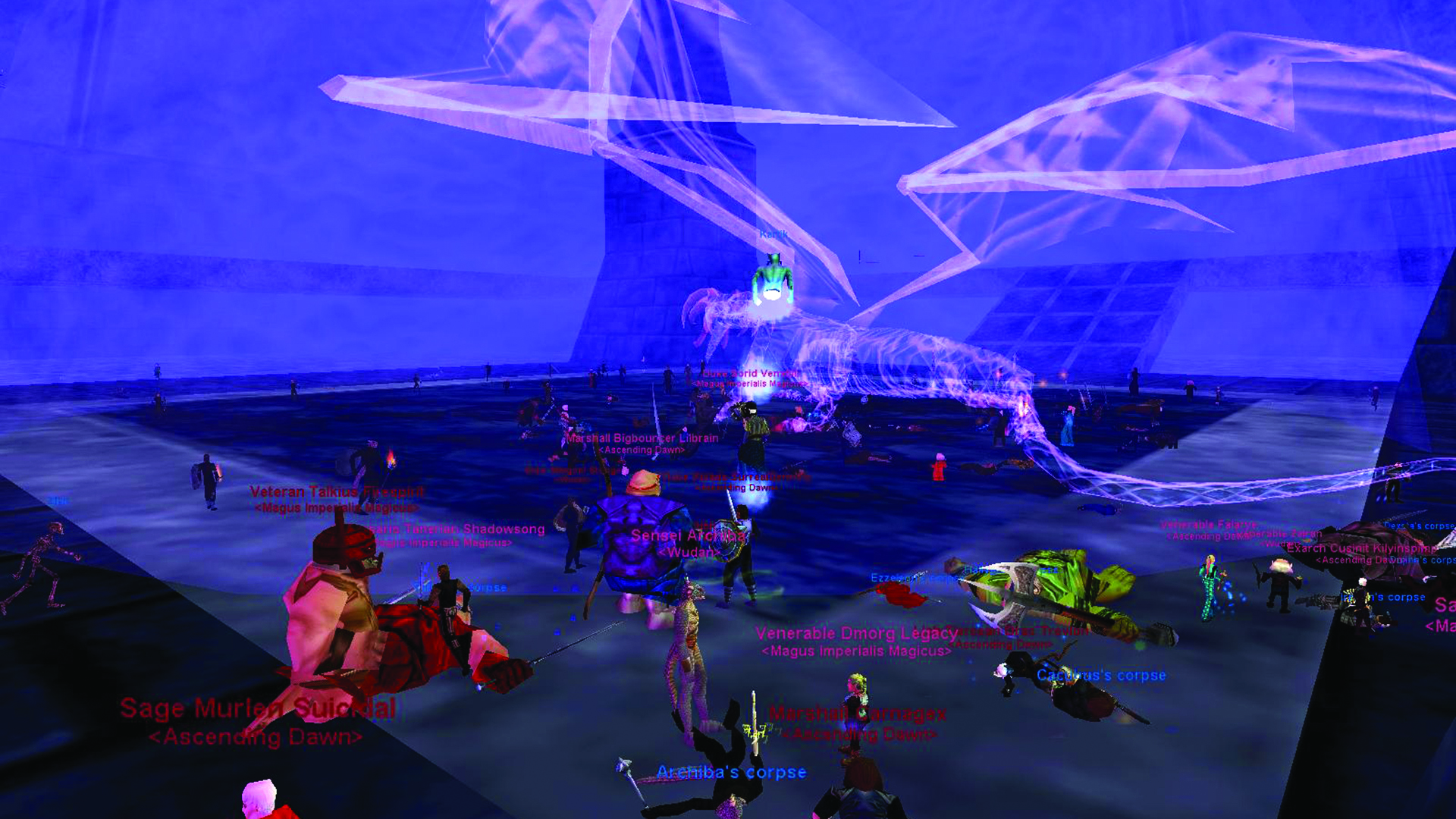
Conceived by John Smedley, Everquest is heavily inspired by its creator’s passion for MUDs. Gorgeous 3D graphics brought the high fantasy world of Norrath to life in ways that Ultima Online’s 2D sprites never could. Though SOE originally had modest expectations for Everquest, it quickly became the most popular MMO of the ’90s, releasing an unprecedented 22 expansion packs.
The biggest gaming news, reviews and hardware deals
Keep up to date with the most important stories and the best deals, as picked by the PC Gamer team.
If Ultima Online started the genre, Everquest refined it. Featuring 16 different races and classes, it digs deep into fantasy’s roots to let players be anything from frog necromancers to ogre shamans. Many of Everquest’s ideas, like grouping with dozens of players to kill tough raid bosses, would become archetypes of the genre.
Everquest was unflinchingly difficult and obtuse, however. Unlike today’s MMOs, quests required patience and persistence. Very little was ever explained, and worse, death meant losing valuable equipment and experience points. Yet, in a somewhat beautiful analogy of the human spirit, it was exactly that brutal atmosphere that motivated people to invest years of their lives exploring Norrath.
Everquest was one of the first MMOs to popularise grinding – the act of repeatedly killing monsters for experience points. At the time, grinding seemed exciting. It forced you to play with strangers in order to kill tough monsters, and was the only real method to level up your character. By existing in such a harsh world, Everquest inspired strong relationships forged not by the joy of surviving, but of growing together.
Best races: Everquest’s races remain some of the most inventive, even by today’s MMO standards. Players can be anything from humanoid tigers to tree frogs, ensuring the world is full of exotic characters to meet and play with.
2001: Anarchy Online
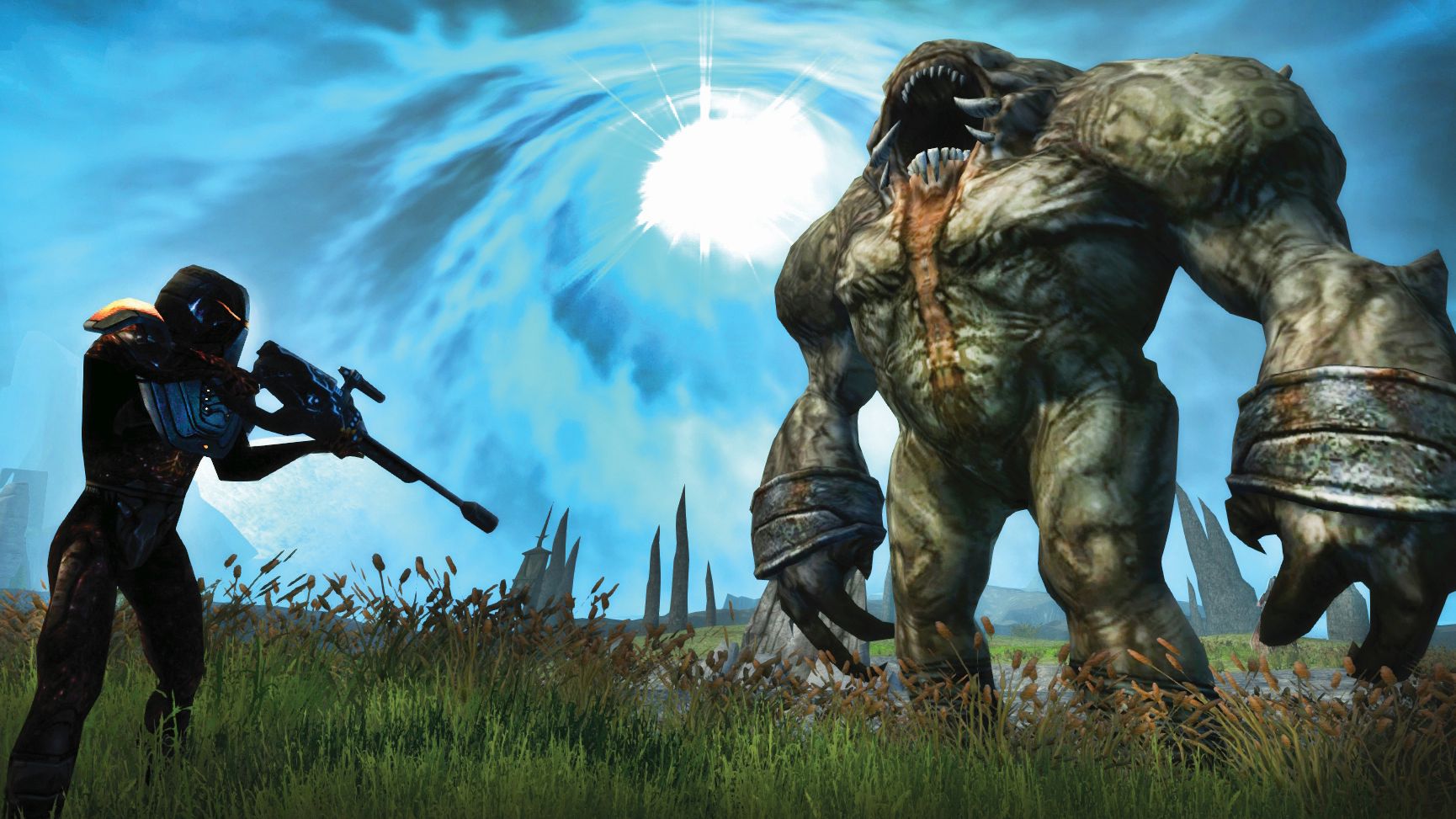
Before Anarchy Online, MMOs were trapped in the realm of fantasy. Norwegian studio Funcom changed that, setting its on the distant planet of Rubi-Ka. Devious megacorporations and hardened separatists fight for control of the planet’s resources, abandoning magic and swords for guns and nanotech.
Anarchy Online didn’t change the genre just because it had the audacity to not feature wizards, but because of its many technical innovations. Instead of quests being rigid instructions, Anarchy Online features a dynamic system that lets players tailor combat encounters to suit their needs. What’s more, those quests also popularised ‘instancing’, which segregates a group of players to their own isolated version of a zone—a technology that would pave the way for modern dungeons.
Best marketing ploy: To recover from the negative press earned after a terrible launch, Funcom offered a free trial to entice players. This set an important precedent.
2001: Dark Age of Camelot
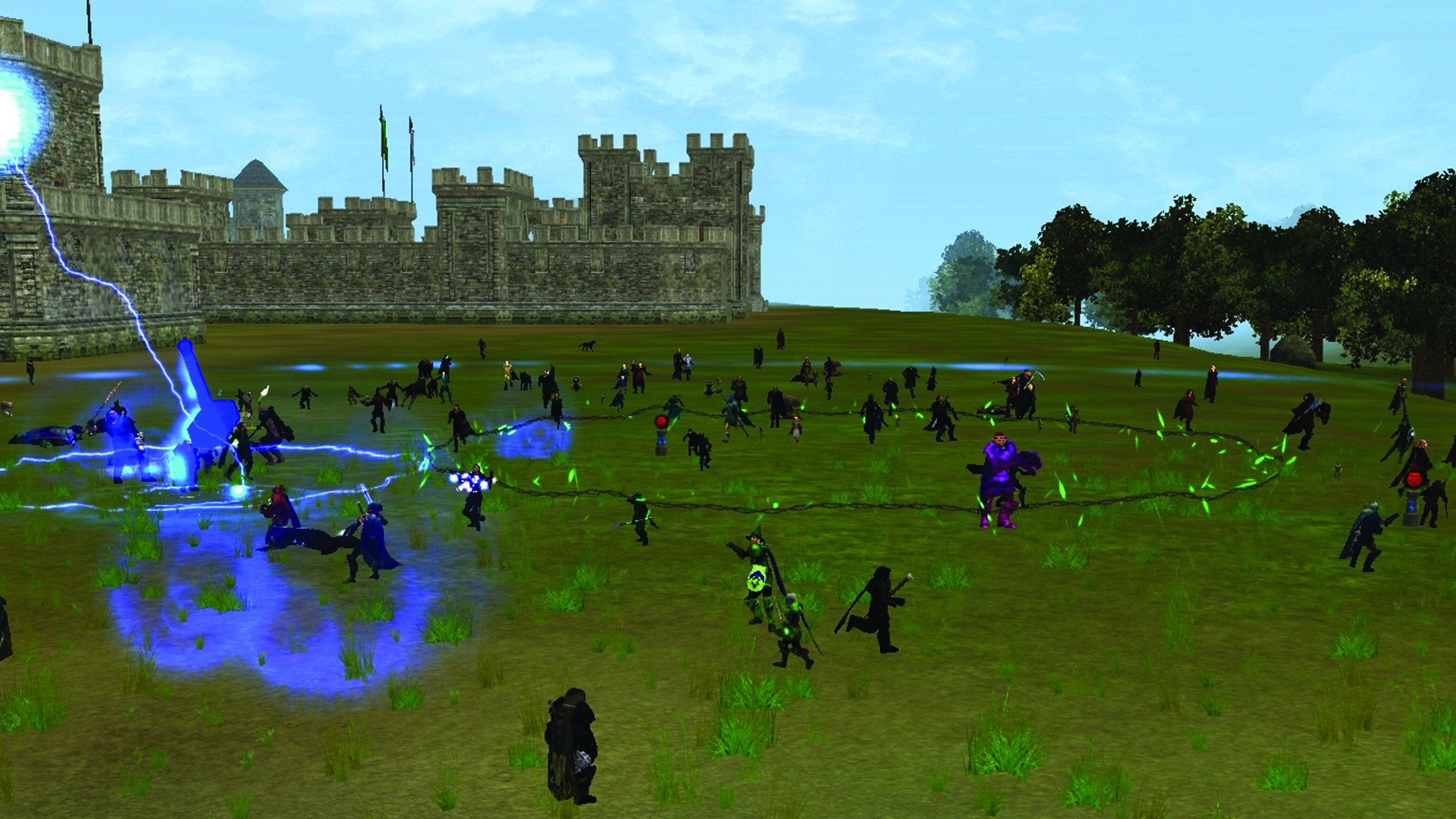
The act of killing another player in any MMO before Dark Age of Camelot was, at best, shortsighted. Someone had stuff, you wanted that stuff, so you forcefully parted them from it. But Mythic Entertainment had a vision for a different kind of murder, one that included strategy, teamwork, and glory. Most MMOs were satisfied with petty killing. Dark Age of Camelot, however, aspired to all-out war.
Introducing a structured form of player combat known as ‘Realm vs Realm,’ Dark Age of Camelot laid the groundwork for a new kind of PVP. Three factions battle for control of various zones, establishing outposts that they have to protect from opposing forces. This open world approach to war necessitates strategy, as choosing when to attack is just as important as where. At the time, Dark Age of Camelot’s player-driven battles were unparalleled in scope, creating all the drama and tension of a fantasy medieval war.
Not content to distinguish itself by focusing only on PVP, Dark Age of Camelot also features a staggering 47 different classes. Each is unique to one faction, like wizards belonging to Albion, a faction drawing from Arthurian lore. Designed to excel in a very specific role, each class depends on others to offset its weaknesses. As a result, you are only ever as good as the players fighting alongside you. It’s a system that would become critical to the design of more modern MMOs.
Best dungeon: Darkness Falls is full of dangerous monsters and amazing loot, but its doors only open to the faction that holds the most territory. If ownership switches hands while one faction is inside, they can ambush the new owners.
2002: Final Fantasy XI
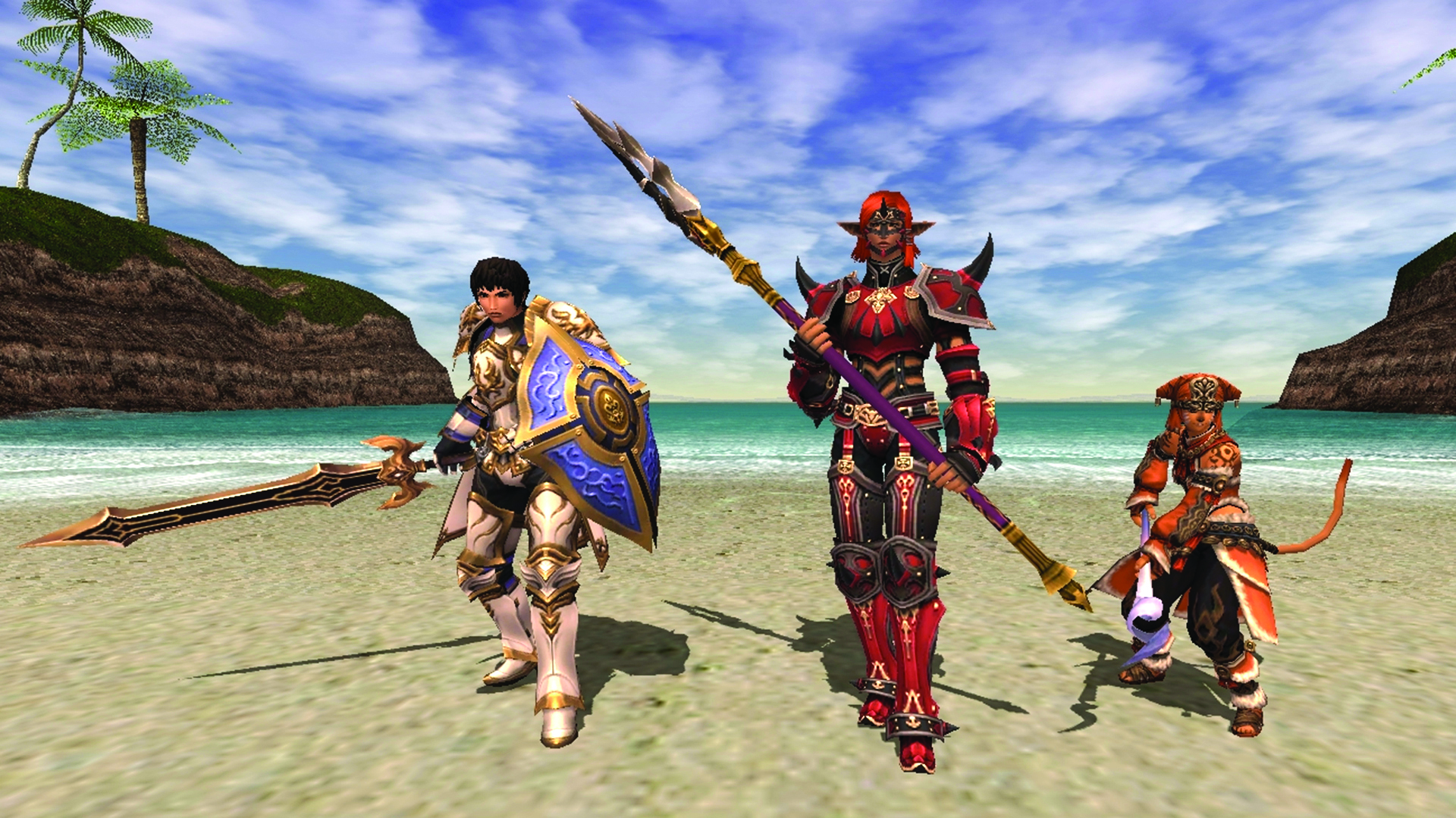
Character classes have always been one the fundamental elements of MMOs, but few have ever had a more nuanced and robust system than Final Fantasy XI. Known for its unique Job system, classic Final Fantasy staples, such as White Mages, Dark Knights, and Dragoons, are a perfect match for online roleplaying. Final Fantasy XI’s distinct take on class design sets the bar for the series, and the entire genre.
Each player chooses one of its 22 Jobs as a primary class, and also picks a secondary Job. Doing so grants you access to half of that Job’s spells, creating a great deal of diversity, and enabling detailed theorycrafting around which combos you can make use of. If you make a bad class combo, or get bored, you can always swap to a new job and begin levelling it without losing progress on your previous ones. What’s frustrating is how few games have paid attention to such a progressive system, instead clinging to the archaic method of making you start whole new characters and replaying the same bunch of quests just to experience a different playstyle.
Best class: Final Fantasy XI’s Blue Mage is a lesson in amazing class design. All of a Blue Mage’s spells come from monsters it defeats, placing them on a never ending quest to hunt down new monsters to steal their precious abilities.
2003: EVE Online
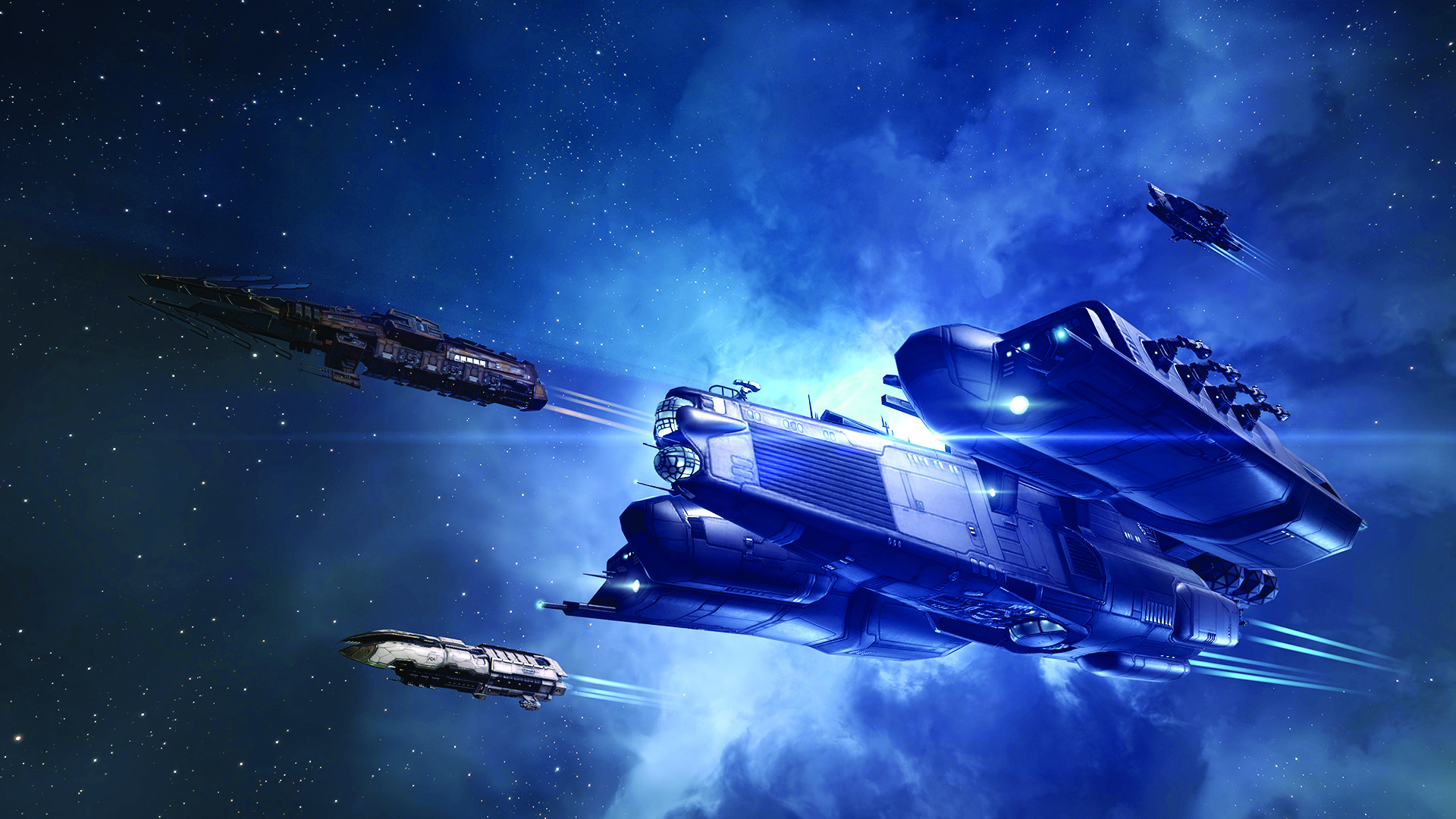
Plagiarism is common among MMOs, but if one game could stand to have a few more ideas stolen it’s EVE Online. This space-faring sandbox from CCP Games is both a fascinating and depressing social experiment. EVE Online encourages players to make their own objectives and tell their own stories. Naturally, those players decided to make those stories a chronicle of war so violent that it makes Game of Thrones feel like a Sunday school story.
Anchored by a player-driven economy, the galaxy of EVE is a diverse ecosystem of industrialists, merchants, criminals and soldiers all coexisting together. But venture out beyond the safety of high-security space and you’ll find EVE’s beating heart. Here, massive player alliances numbering in the tens of thousands manoeuvre with all the weight of actual nations. When these alliances clash, the shockwaves are felt throughout the entire galaxy.
What makes EVE fascinating is the way those moments calcify into a history that could fill the pages of a textbook. Though hopelessly intimidating, a new player can rise through the ranks, earn respect and fame and one day sit on the throne of their own empire—a form of roleplaying so extreme it can be hard to see where the fiction ends and reality begins.
Best weapon: Conflict in EVE isn’t relegated to only blowing shit up in space skirmishes. Vast propaganda efforts attempt to demoralise enemy players, besmirch leaders and sow fear. After all, a player can’t fight if he’s too discouraged to even log in.
2003: Second Life
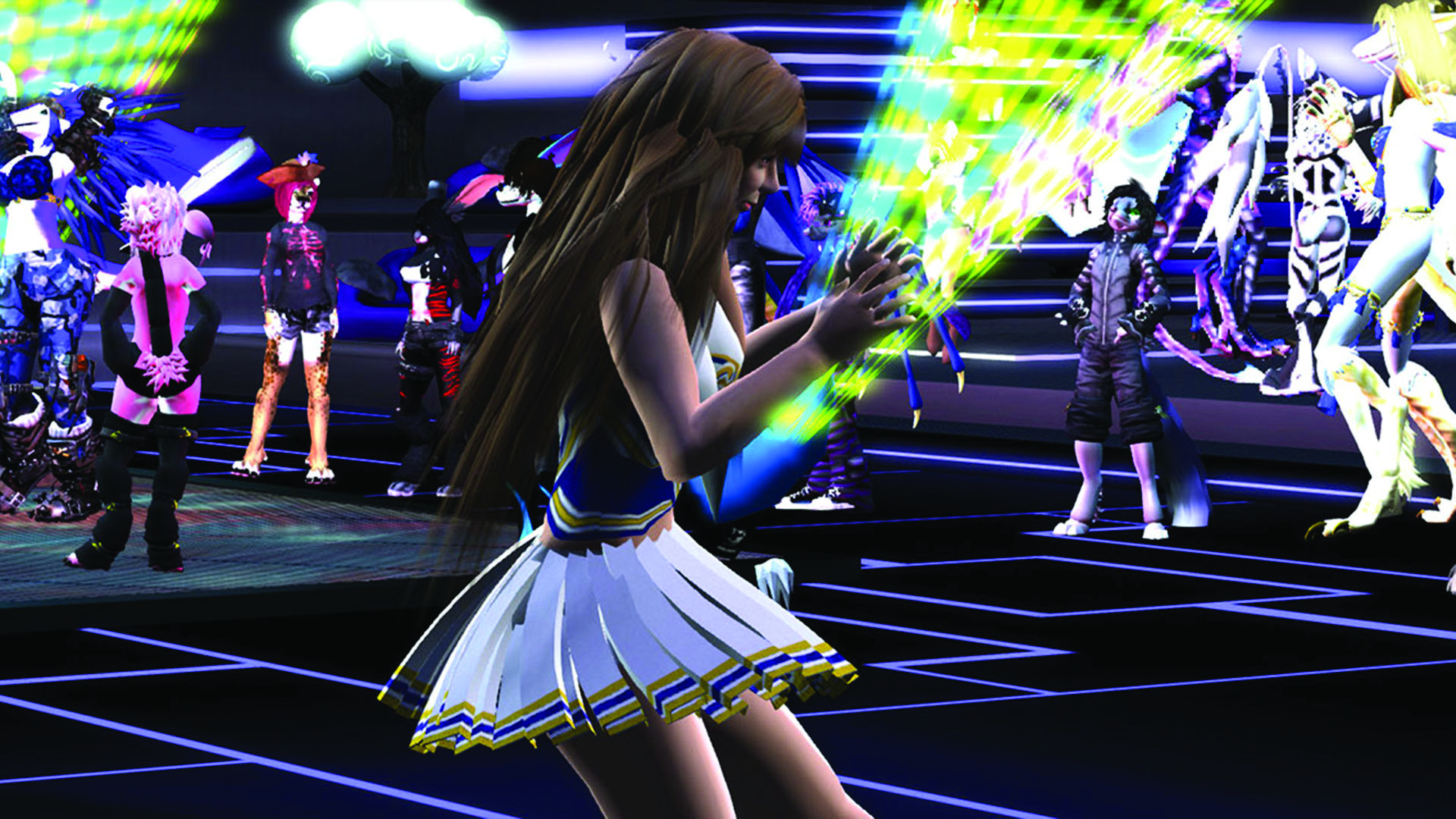
Second Life asks the question, if you could live your life without limits, what would you become? For mostly everyone that plays it, the answer is apparently a nipple-clamped, leather-clad club dancer. Though it possesses none of the stat-based progression typical of many MMOs, you’d be foolish if you thought there is no roleplaying going on in Second Life’s sexual subcultures.
While not your average MMO, the fantasy of becoming something else is just as strong. There’s no real objective in Second Life, just a series of tools for players to create their own fun. For many, that fun means exploring a side to their sexuality that would be impossible in real life.
While not everyone comes to dress up as wolves and ‘bark at the moon’, its reputation as a haven for all manner of kinks and fetishes is well deserved. But that’s what makes Second Life so important. When we play MMOs, we’re asked to participate in a fantasy that’s already defined for us. Second Life is a strange example of what can happen when the world bends to our imagination, not the other way around.
Best mod support: Second Life has a built-in programming language that lets players build and script their own mods. Of course, the most common usage is to create working genitalia. Godspeed, you magnificent virtual perverts.
2004: World of Warcraft
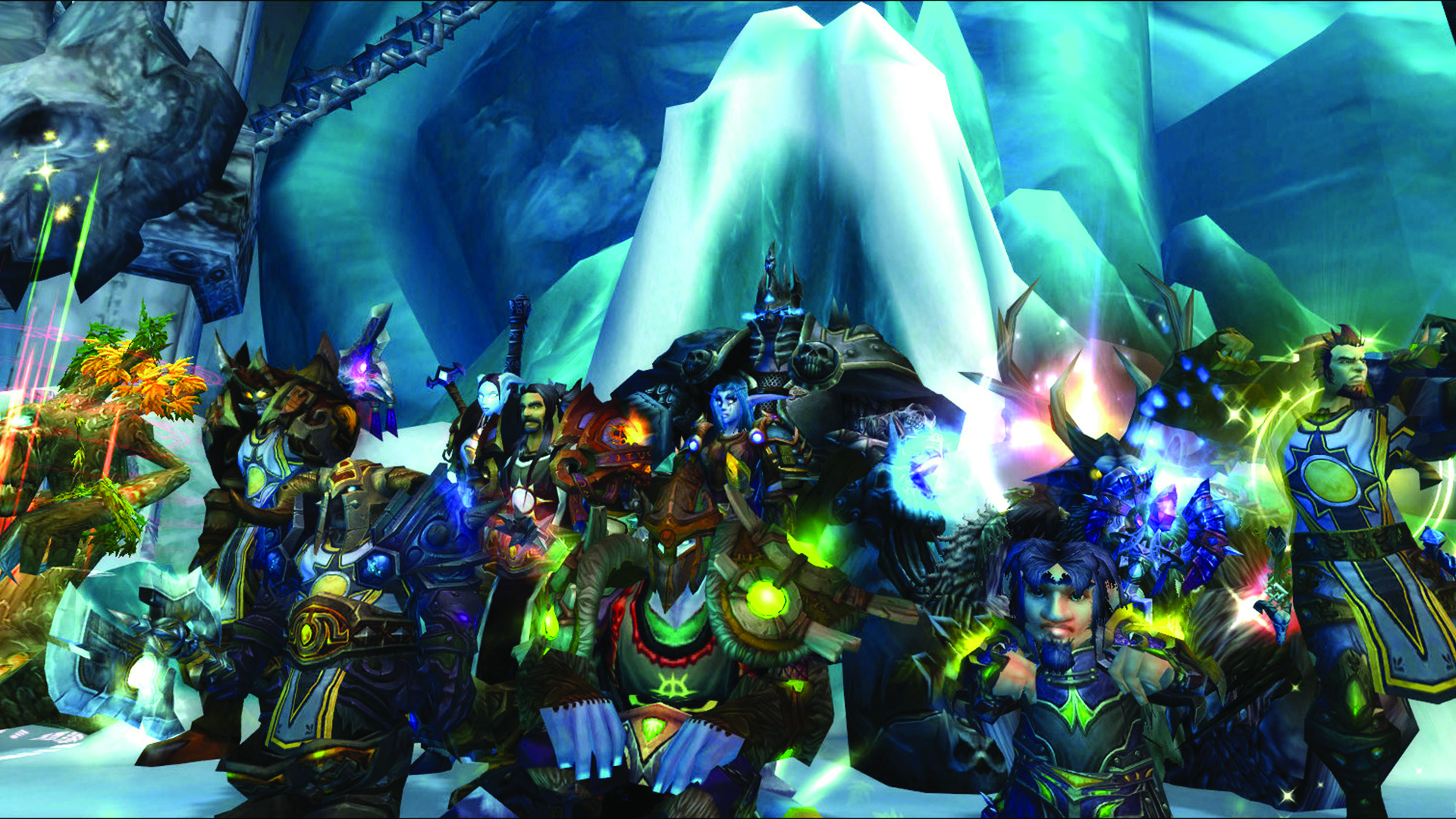
Of all the MMOs on this list, none have had the impact that World of Warcraft has. As much of a pop culture phenomenon as it is a videogame, Warcraft’s absurd success transformed the genre and steered it away from innovation towards shameless imitation in hopes of recreating that success. If Blizzard could translate the Warcraft series of RTS games into an MMO, why couldn’t other developers find success doing the same?
The reason is that Blizzard put two decades of MMO innovations into a single game. Other MMOs may be better at specific aspects, such as PVP, but as a whole package, nothing comes close. World of Warcraft made the genre accessible to anyone by eliminating much of the tedium of older MMOs. For the first time, players could log in, quickly run a dungeon or two, and feel like they accomplished something.
While World of Warcraft is so palatable even your grandparents could enjoy it, the water wings it places on every player also removes a sense of tension and adventure captured by older MMOs.
Best expansion: Wrapping up the story of Arthas, Wrath of the Lich King was a turning point in World of Warcraft’s history. It introduced significantly more interesting quests, a gorgeous zone to explore, and some of the best raids Blizzard has ever made.
2012: Guild Wars 2
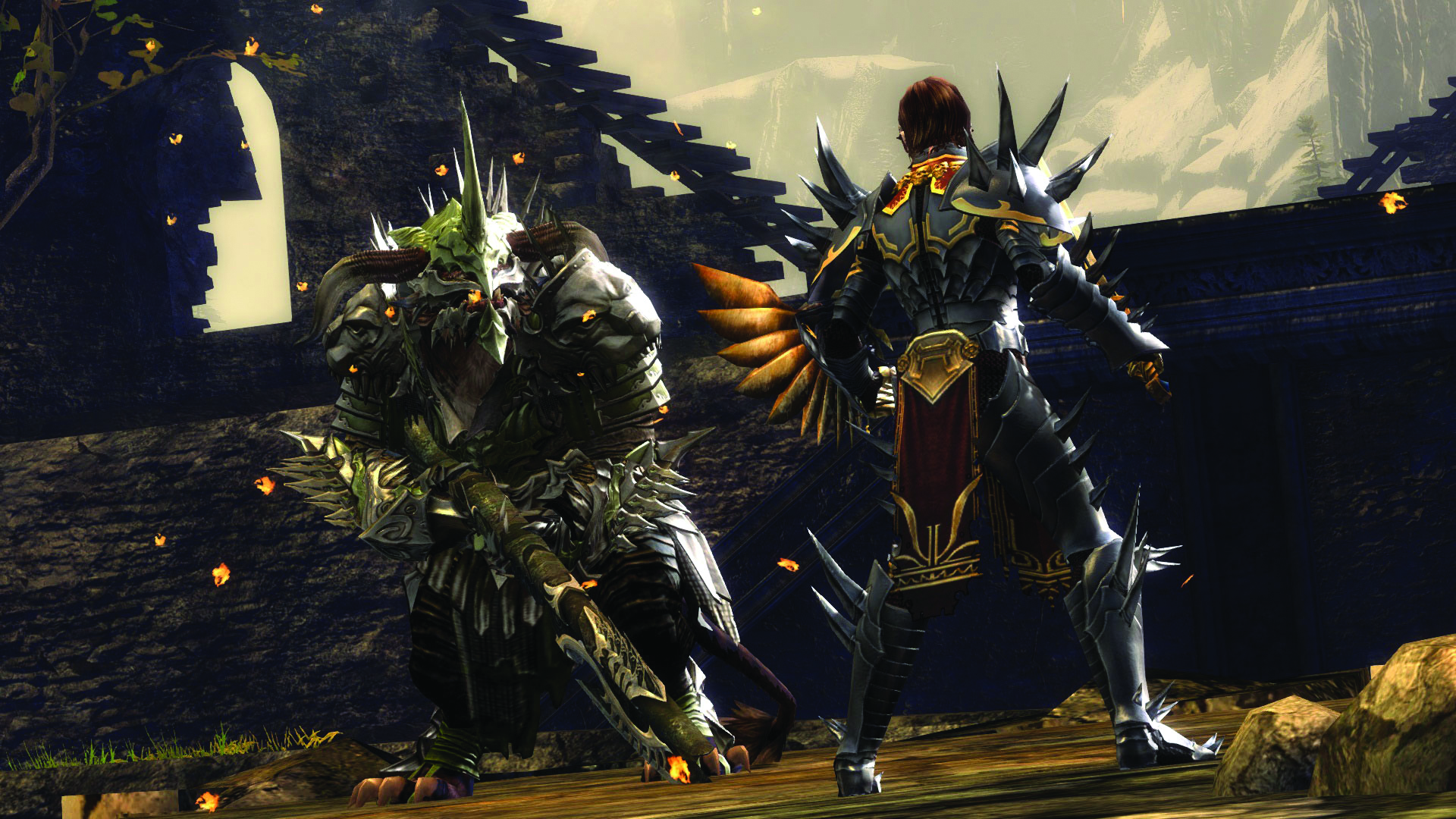
The Guild Wars series loves tossing players into an arena and making them kill one another. This formula was perfected in Guild Wars 2, which employs highly mobile combat to make fights more exciting and dynamic than what is typically seen in MMOs. Instead of standing still and trading blows, players dodge away from attacks and position for counters. In Guild Wars 2, your reflexes are as effective as your gear.
While PVP remains a strong draw, Guild Wars 2 is notable for making improvements to questing, setting a new bar for the genre. Levels are scaled to match the zone, allowing higher level players to play alongside lower-level friends. Innovative quest design allows players to work together without forming groups—adding a sense of sociability to Guild Wars 2’s world.
Best mode: Following Dark Age of Camelot, Guild Wars 2 features much-improved PVP that pits three servers against one another in all-out siege warfare.
2014: The Elder Scrolls Online
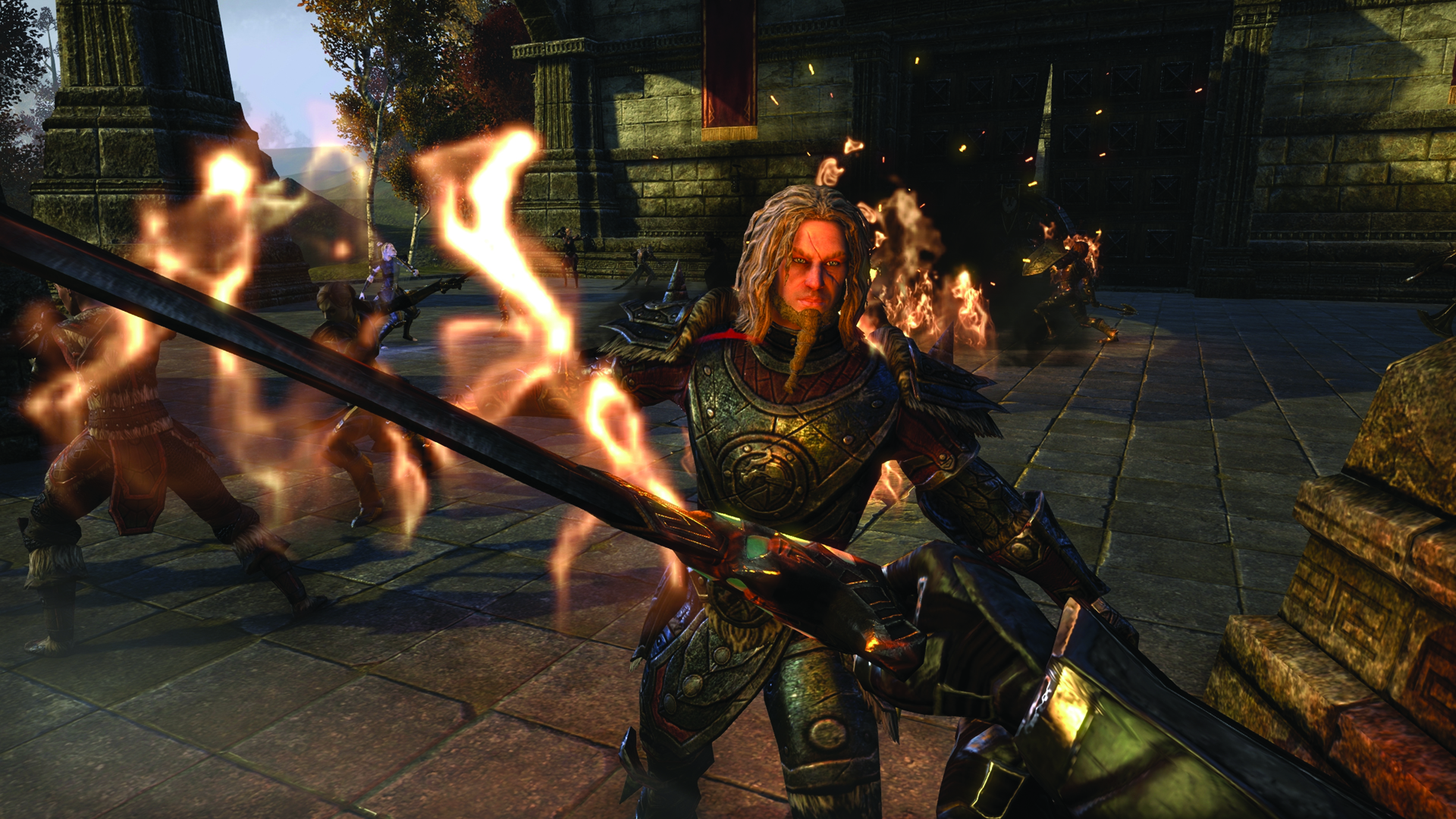
The road that The Elder Scrolls Online has taken has been a rough one. Its attempt to unite fans of Skyrim and MMOs was seen by both parties as, at best, half-assed. The flexible class system and exquisite quests were hampered by rampant technical issues and a narrow storyline that funnelled players from one location to the next instead of giving them freedom to explore. To make things even worse, all of this culminated in an endgame grind that was so tedious it was demoralising.
Things weren’t looking great for TESO, but then ZeniMax Online Studios started making fundamental changes to the game. The subscription model was binned, the endgame was redesigned to add more diverse activities, and One Tamriel was launched. This update scrapped the level restrictions that made Tamriel feel so linear, letting players group with each other, complete quests, and explore regardless of what level they were.
Along with a host of expansions that added unique ideas, like thieving and Dark Brotherhood assassinations, and dungeons that mixed PVP and PVE, The Elder Scrolls Online has become one of the most robust MMOs available. It features a PVP mode similar to Guild Wars 2, a storyline that expands the best parts of The Elder Scrolls’ lore, and the freedom to ignore all of it just to go off and explore. It took a while, but with Morrowind in tow, The Elder Scrolls Online finally feels close to the MMO that Skyrim players had wanted.
Best feature: Like Skyrim, The Elder Scrolls Online increases your skills depending on the equipment you use. So if you want to sport heavy armour while using restorative magic and a bow, The Elder Scrolls Online will happily accommodate you.
Fallen idols
The most important MMOS that were shuttered too soon.
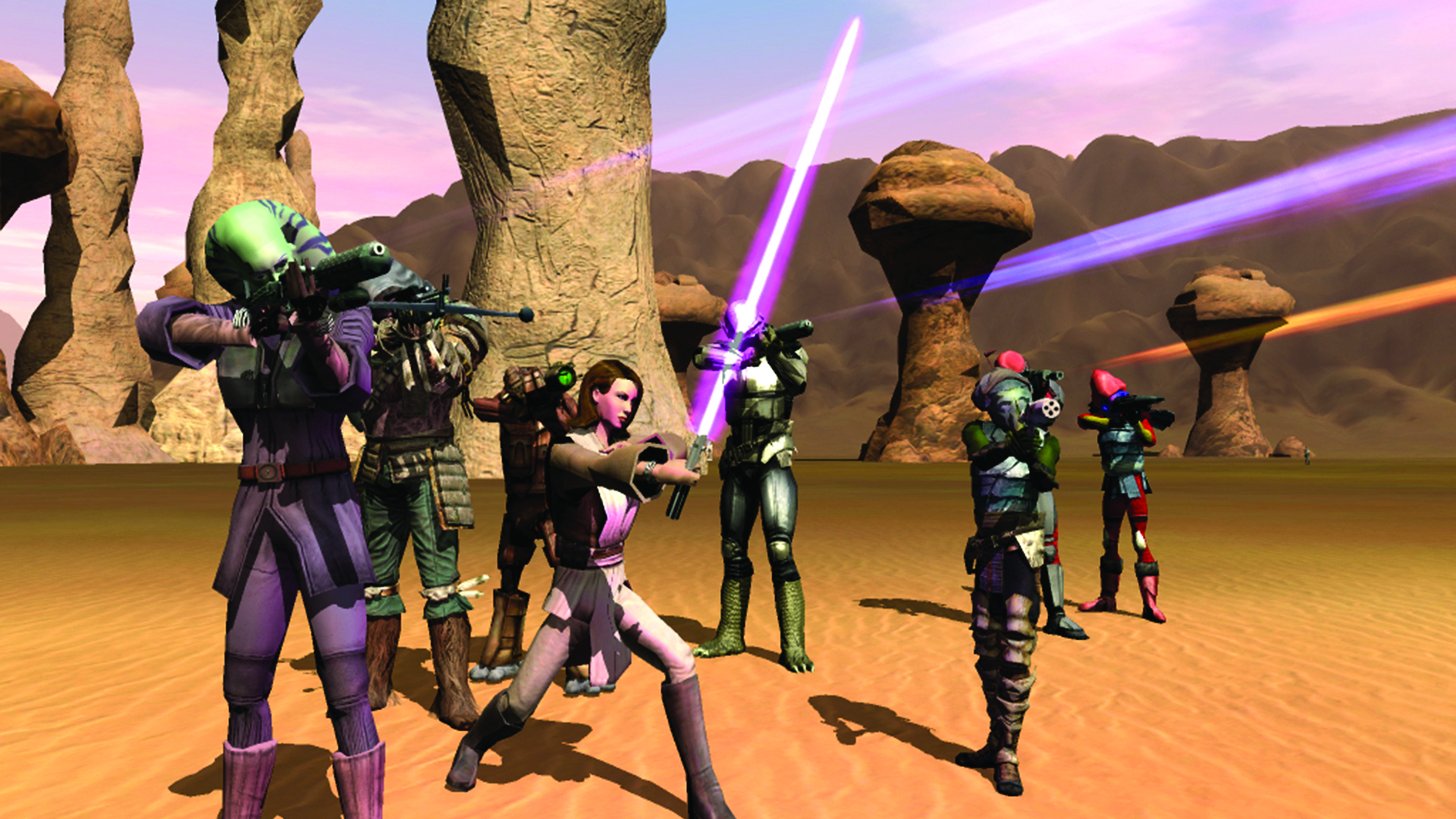
Star Wars Galaxies
Before it was gutted by a series of updates so unpopular that they effectively killed the game, Star Wars Galaxies featured a rich sandbox world where players could be anything from soldiers to the dancers who entertained them at a bar. With a player-driven economy and nuanced class system putting it years ahead of its time, Star Wars Galaxies’ closure still remains a sore spot for many of its devoted fans.
City of Heroes
Held hostage by their sword and sorcery roots, City of Heroes swooped in to save the MMO genre with a fresh take on comic book heroism. Bolstered by a character creator that let you customise everything from your hero’s cape to their underpants, City of Heroes survived by slapping a fresh coat of paint over unoriginal ideas. Despite protests by adoring fans, publisher NCSoft made everyone hang up their capes in 2012.
Warhammer Online: Age of Reckoning
Taking lessons learned from Dark Age of Camelot, Mythic Entertainment turned the Warhammer universe into the greatest PVP MMO ever conceived. Age of Reckoning pulled no punches as players clashed in epic, nonstop battles. Sadly, the audience for a PVP MMO wasn’t large enough to match Warhammer Online’s development costs.
Old roots
Take a look at the proto-MMOs that pioneered online roleplaying.
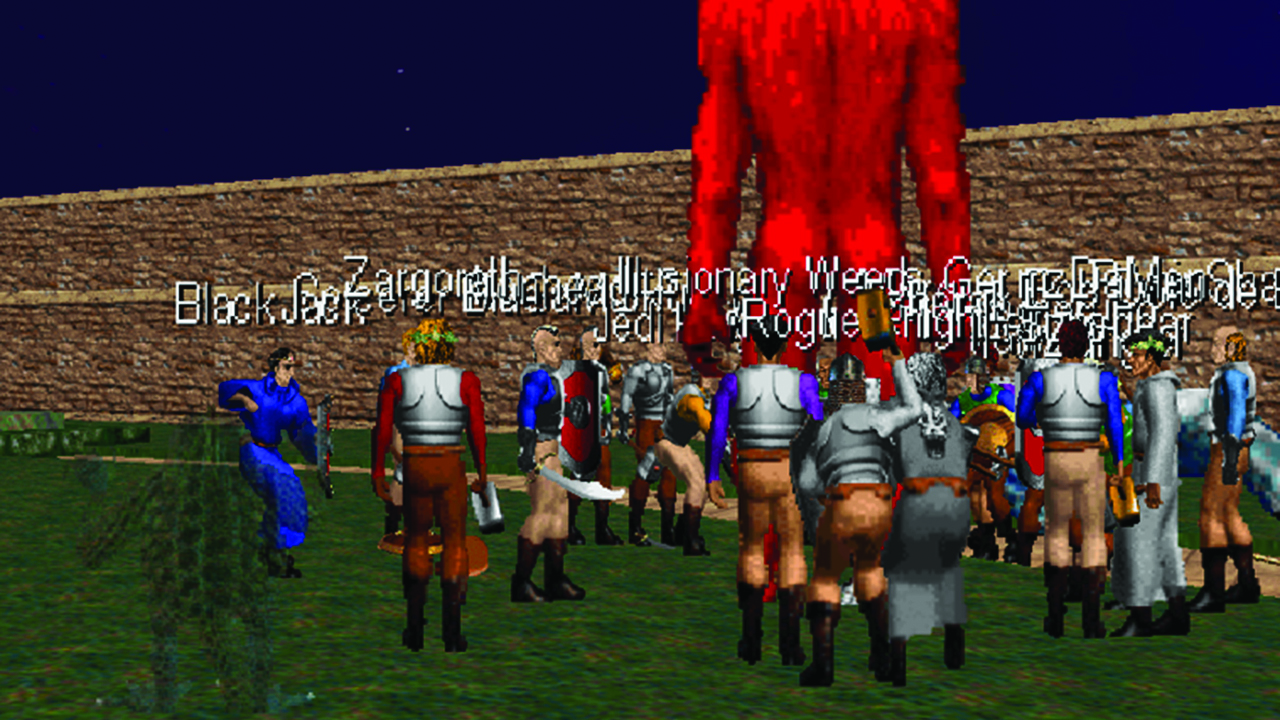
Neverwinter Nights
Released in 1991, Neverwinter Nights was an online RPG that you had to pay by the hour in order to play. It was notable for being the first time an online RPG had graphics, and it blew people away. Despite the fact that it’s so rudimentary, Neverwinter Nights had all the fundamentals of a true MMO with guilds, PVP, and dungeons. But with internet access being so rare, it never gained the popularity it needed.
Meridian 59
An early attempt to bring MMOs into the third dimension, Meridian 59 used the ray casting technique invented by Doom that would hopefully put it leagues ahead of its 2D competition. Forgoing stats for more skill-based combat, Meridian 59 was an odd mash of ideas that ultimately failed to have much impact. Amazingly, Meridian 59’s source code was released for free, and you can still find active servers today.
The Realm Online
Another of the bigger proto-MMOs, The Realm Online’s turn-based combat was a godsend for players stuck with bad internet connections. In 1996, that was everyone. That’s about the only thing The Realm Online had going for it. Its wildly unforgiving systems meant a poorly built character was worthless. Despite this, servers are still up and the game continues to charge a subscription.
With over 7 years of experience with in-depth feature reporting, Steven's mission is to chronicle the fascinating ways that games intersect our lives. Whether it's colossal in-game wars in an MMO, or long-haul truckers who turn to games to protect them from the loneliness of the open road, Steven tries to unearth PC gaming's greatest untold stories. His love of PC gaming started extremely early. Without money to spend, he spent an entire day watching the progress bar on a 25mb download of the Heroes of Might and Magic 2 demo that he then played for at least a hundred hours. It was a good demo.


